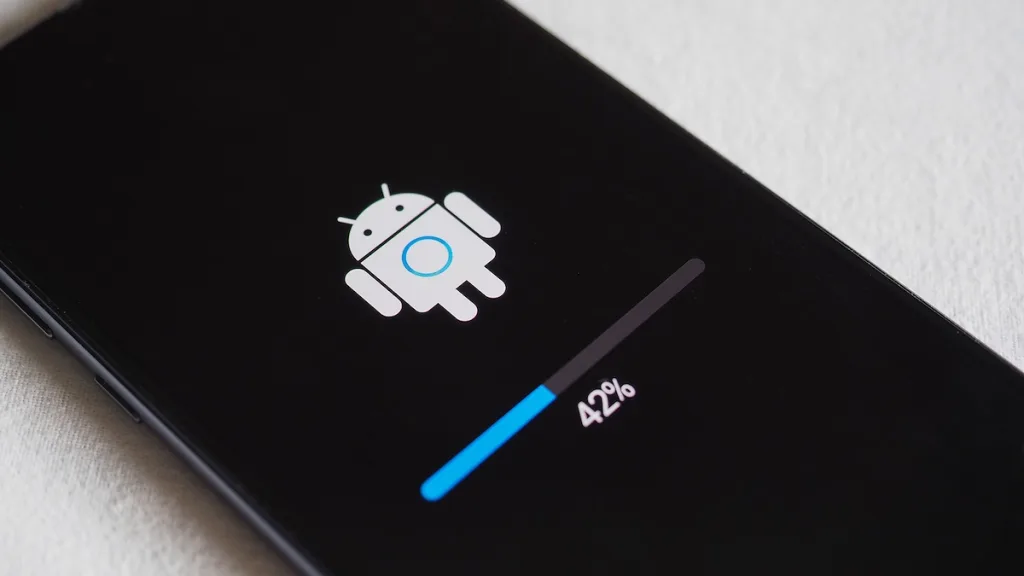The Android ecosystem is about to undergo its most significant security transformation since its inception. Google will initiate a system to block the sideloading of unverified Android applications, a move impacting how apps are installed on certified Android devices. This groundbreaking initiative marks the end of an era where Android’s open nature allowed unrestricted app installations, trading some openness for enhanced user protection.
Table of Contents
Google New Security Timeline: What Developers Need to Know
| Phase | Date | Action Required |
|---|---|---|
| Early Access | October 2025 | Invited developers begin verification |
| Full Rollout | March 2026 | All developers can register |
| Enforcement Begins | September 2026 | Mandatory in 4 pilot countries |
| Global Implementation | 2027 | Worldwide enforcement |
| Pilot Countries | 2026 | Brazil, Indonesia, Singapore, Thailand |
The Verification Revolution Explained

Starting next year, Android will require all apps to be registered by verified developers in order to be installed by users on certified Android devices. This isn’t just about Play Store apps—it extends to all sideloaded applications, fundamentally changing how Android handles third-party software.
Google will implement a new safety feature that would require developers to verify their identity if they want Android users to be able to sideload their apps. Think of it as Google’s answer to the growing menace of malicious apps that exploit Android’s traditionally open ecosystem.
Why Google is Making This Radical Move
The driving force behind this decision is cybersecurity. The company says that this will make it harder for bad actors to keep churning out harmful apps after a previous one was taken down. It’s essentially a digital identity check—similar to airport security but for your smartphone.
The verification process addresses a critical vulnerability where malicious developers could repeatedly create new apps after their previous harmful software was removed. This cat-and-mouse game has plagued Android’s security landscape for years.
What the Verification Process Entails
Like the Google Play Console, the Android Developer Console will ask developers to provide their legal name, address, email, and phone number. (Organizations will additionally need to provide their website and a D-U-N-S number.)
The verification system is designed to be straightforward for legitimate developers while creating accountability barriers for bad actors. This new developer verification process will confirm a developer’s identity, it will not involve reviewing the content of the apps or their distribution sources.
The Phased Implementation Strategy
Google is taking a measured approach to avoid disrupting the ecosystem. Initially, Google will allow interested developers to sign up for early access starting in October 2025 to test the system and provide feedback. In March 2026, verification will go live for all developers.
The new requirements are expected to go into effect starting a year from now, in September 2026, in Brazil, Indonesia, Singapore, and Thailand, before expanding globally.

Impact on Developers and Users
For Developers:
- Must complete identity verification to maintain app accessibility
- Early access available from October 2025
- No app content review required—only identity confirmation
- Organizations need additional documentation like D-U-N-S numbers
For Users:
- Enhanced protection against malicious sideloaded apps
- Continued ability to sideload apps from verified developers
- Potential limitations on installing apps from unverified sources
- Improved overall Android security ecosystem
The Balance Between Openness and Security
This move represents Google’s ongoing effort to balance Android’s open-source philosophy with modern security requirements. Google says it’s no different than checking IDs at the airport. Android’s open nature set it apart from the iPhone as the era of touchscreen smartphones began nearly two decades ago. Little by little, Google has traded some of that openness for security.
The change doesn’t eliminate sideloading but adds an accountability layer that could significantly reduce malware distribution while preserving developer freedom.
Preparing for the Change
Developers should begin preparing now by:
- Reviewing the Android Developer Verification guidelines
- Gathering required documentation
- Considering early access participation
- Planning verification timelines for their app portfolios
For comprehensive coverage of mobile security developments and tech policy changes, visit our Technology Security Section for expert analysis on emerging digital safety trends.
The Android verification requirement marks a pivotal moment in mobile security, balancing user protection with platform openness in ways that will shape the mobile app ecosystem for years to come.
*Stay informed about the latest developments in mobile security and Android policies by following Techno Sports for comprehensive coverage of technology trends and cybersecurity
Frequently Asked Questions
Q: Will this affect all Android apps or just sideloaded ones?
A: The verification requirement applies to ALL apps installed on certified Android devices, whether from Google Play Store or sideloaded. However, apps already on the Play Store have developers who are typically already verified, so the impact will be most significant for sideloaded applications.
Q: When will users start seeing these changes?
A: The enforcement begins in September 2026 in four pilot countries (Brazil, Indonesia, Singapore, and Thailand), with global rollout expected in 2027. Developers can start the verification process from October 2025, with full registration opening in March 2026.








